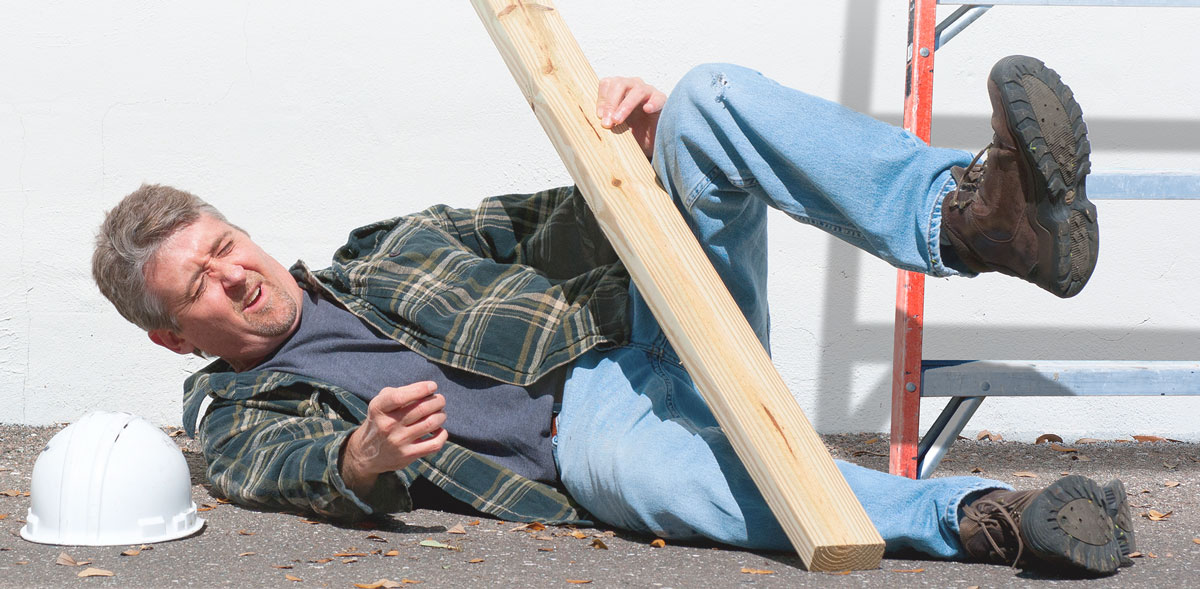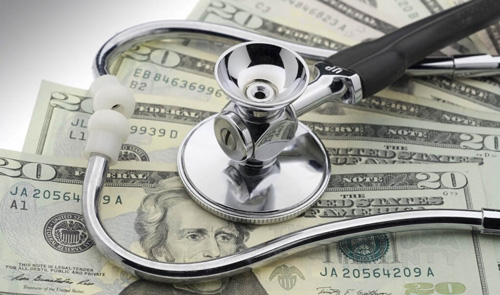Creating a safe work environment

Prevent hearing loss
If you need to shout to be heard, your work environment is too loud and may cause hearing loss.
Sounds above 80 decibels (dB, a measurement of the loudness or strength of sound vibration) may cause vibrations intense enough to damage the inner ear, particularly if the sound continues for a long time.
U.S. laws protect workers from hearing loss by regulating the maximum job noise exposure allowed. If the sound is at or greater than these levels, you must take steps to protect employee hearing.
Physicians Quality Care will bring our state-of-the-art mobile unit to your facility with no extra onside setup fee. Our CAOHC-certified occupational hearing conservationists are supervised by a medical doctor and use the top-of-the-line Benson audiometer. We can test the hearing of 10 people at a time every 20 minutes.
As part of our service, we can do your OSHA-required hearing-conservation training and assess noise levels in your facility so you can take action to curb any employee hearing loss. We are happy to schedule any shifts you need tested, any time of day.
Prevent violence
Employers can’t necessarily erase the seeds of violence planted in some when they were young, nor do employers have control over abuse an employee gets at home. They also can’t prevent a vengeful employee from walking into a gun shop and buying a semiautomatic assault weapon that can pump six bullets a second into a human body.
But employers can take definite steps to protect their employees from workplace violence.
Lynn Jenkins, a co-author on a NIOSH report, says that there are three protection strategies employers should put in place.
- The first addresses changes to the work environment itself, such as locked doors, good lighting and bullet-resistant enclosures for employees who work alone in dangerous areas.
- A second step is having a “no tolerance” policy on threats and workplace violence.
- The third is crime-prevention training that teaches employees how to react in an emergency situation and how to spot early warning signs of violence.
Physicians Quality Care OCCMed offers active shooter training that teaches employees what to do during those minutes after someone with a weapon enters the workplace and before law enforcement arrives. Classes also include how to control serious bleeding until medical help arrives.
Prevent back injuries
To lift things properly, bend your knees as you pick up the object. Bending at the waist puts too much strain on your back.
Put one foot slightly in front of the other for balance and avoid twisting to the side.
Prevent the flu
As we finish one of the longest flu seasons in recent years, the Centers for Disease Control reminds us that the best way to prevent the flu is to get a flu shot.
Employee flu shots help keep workers healthy and lessen sick days. Physicians Quality Care OCCMed will begin giving flu shots as soon as the vaccine arrives in early September. We’ll come to your company on your schedule, or you can send employees to us.
Prevent construction injuries
Construction work – whether you are replacing a home’s roof or painting high ceilings on scaffolding – can be dangerous. The key is making sure employees are well coached in safety practices.
- Ensure scaffolds and ladders are inspected before each shift, as well as extended three feet above roofs or floors and tied off at the top.
- Don’t walk or sit on a skylight.
- Put safety netting underneath any roof openings during construction.
- Avoid toxic materials. Don’t breathe asphalt fumes. Know how to spot asbestos, lead and other toxins in older homes and buildings.
- Reduce lead exposure when working with materials coated in lead-based paint.
- Use ergonomically correct hand and power tools.
- Watch for live wires to avoid shock. Before working on electric equipment, make sure the power is turned off.
- Avoid dampness when using electric tools. If you’re working in standing water or have on wet clothing, wear protective equipment such as insulated rubber gloves and boots.
- Always wear eye protection.
- Wear a face mask whenever working on a job that creates dust. If you’re working with paint or lacquer, use a respirator to avoid breathing in the hazardous fumes.
Source: HealthDay

